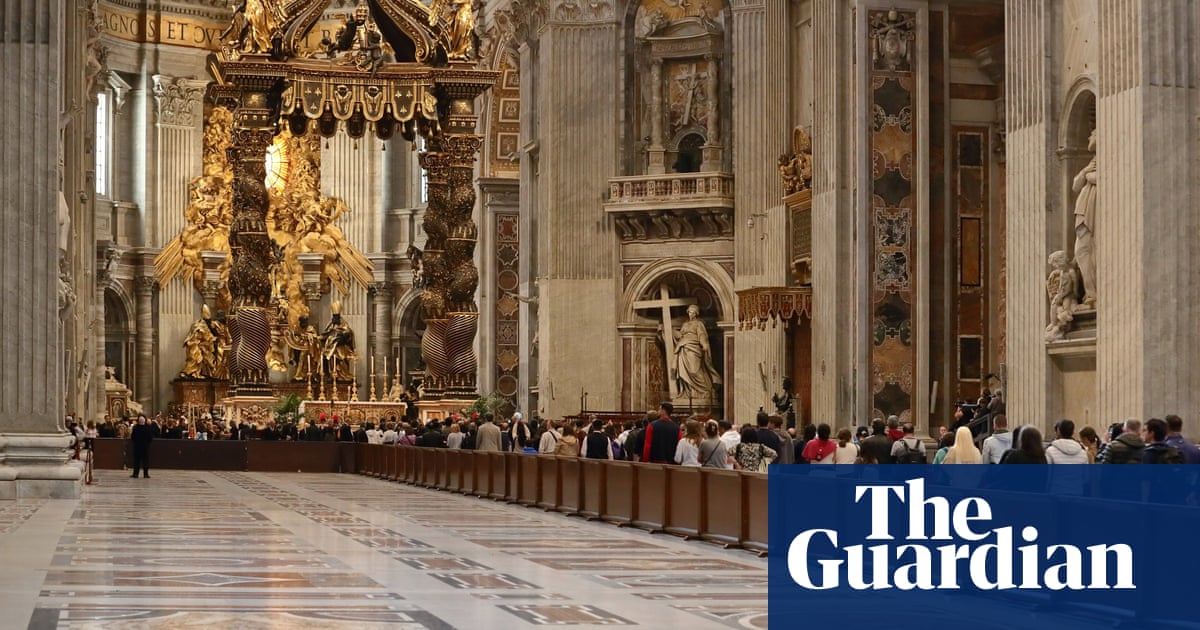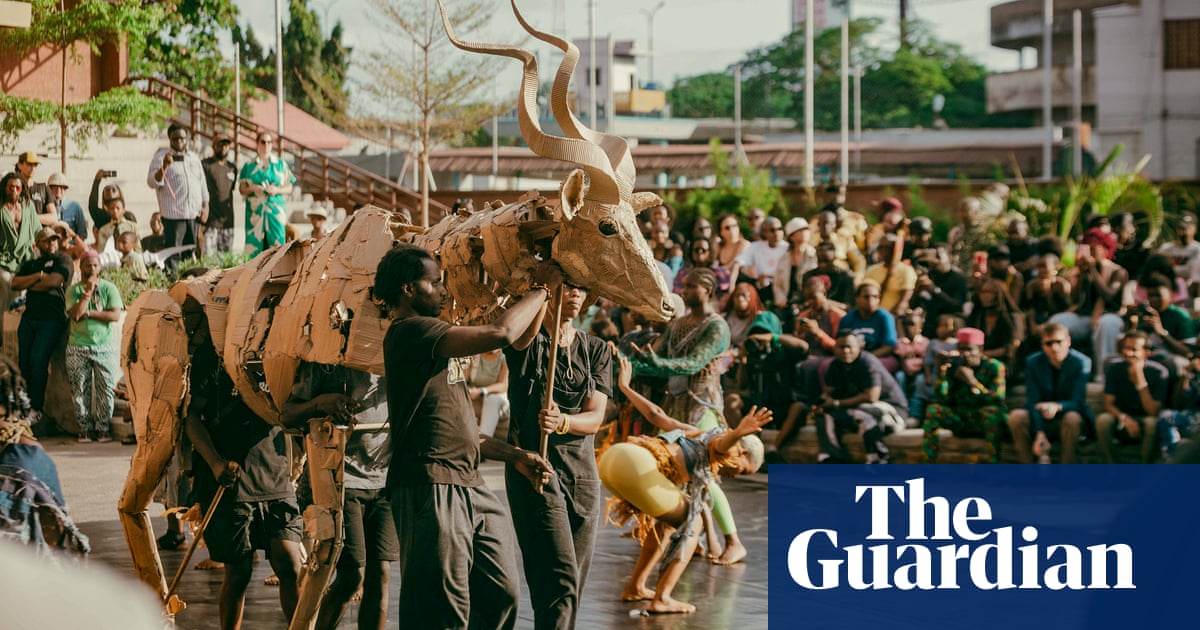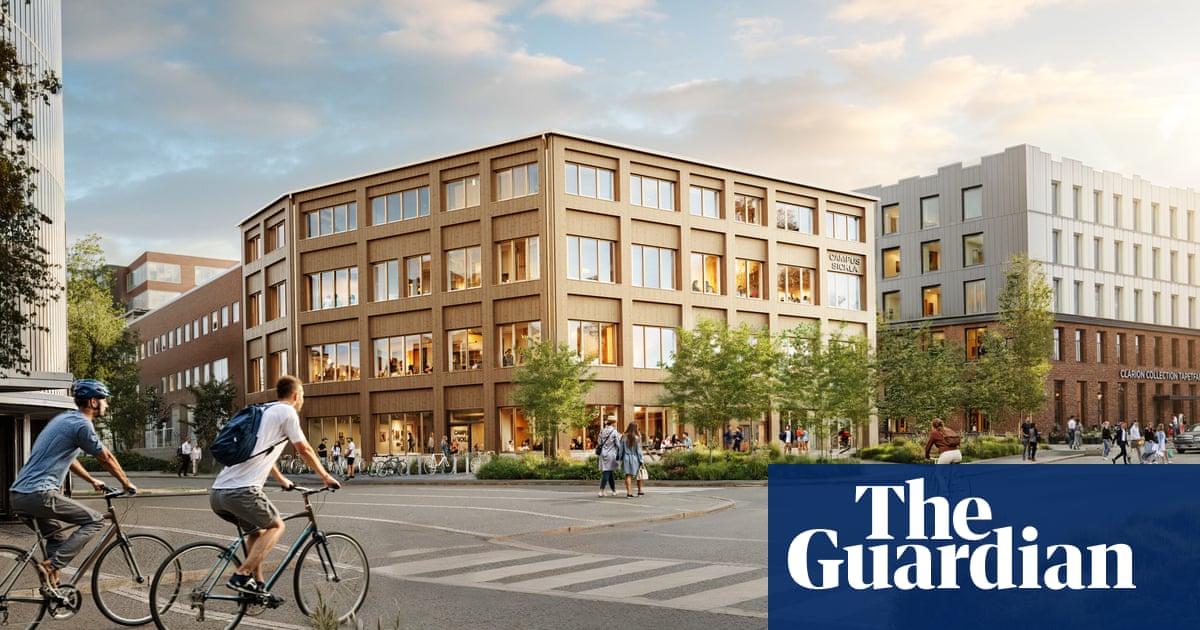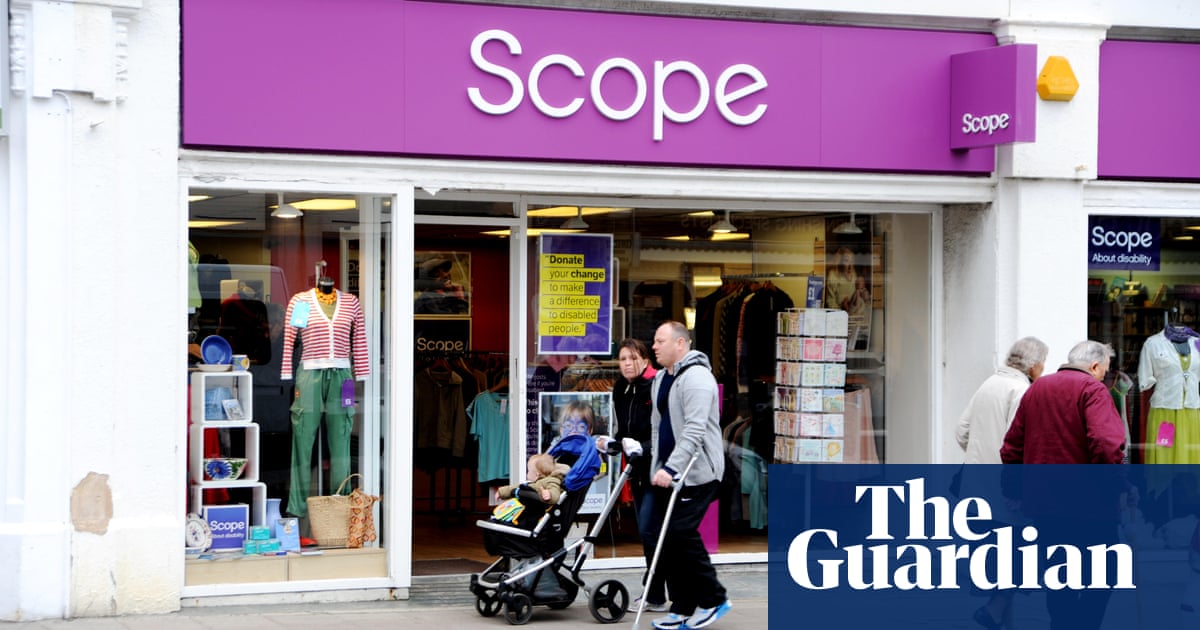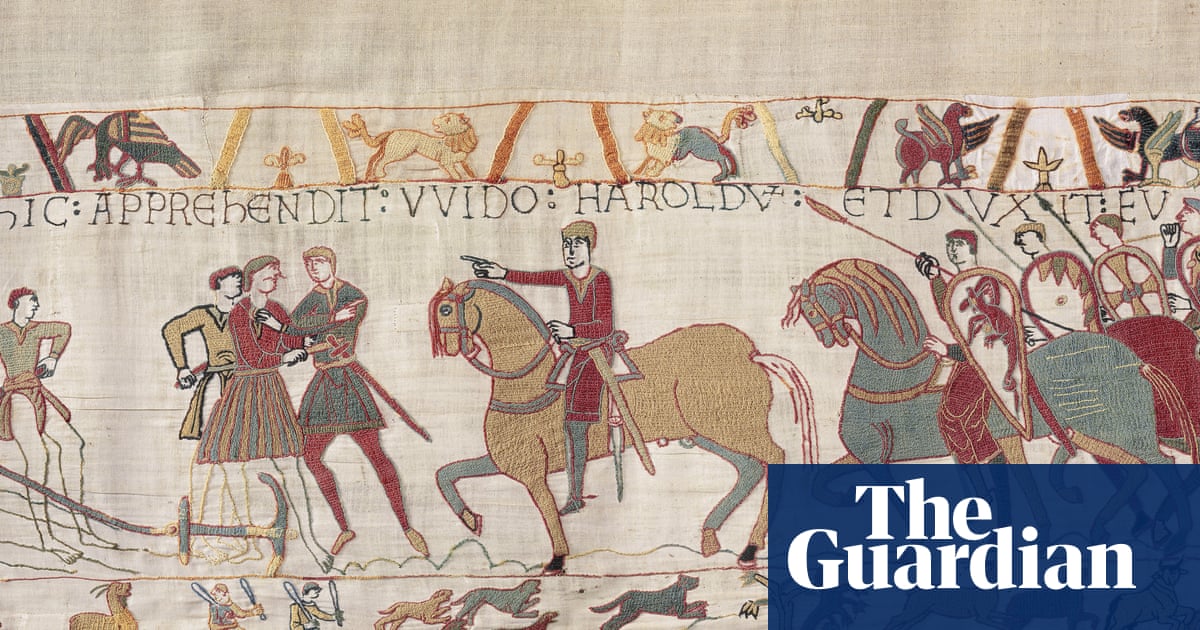Liverpool is putting its role in transatlantic slavery under the spotlight in a radical transformation of the city’s waterfront.
The Albert Dock Traffic Office – once at the heart of world commerce – is being redeveloped into a new entrance pavilion for the International Slavery Museum (ISM) in a National Museums Liverpool project which aims to make the docklands a centre for excellence in the study of black history.
Meanwhile, nearby Canning Dock, the dry “graving dock” where ships that trafficked enslaved Africans to the Caribbean were fitted out and repaired, is being opened to the public so the lesser-told side of its history can finally be explored. Construction work is expected to start this year.
For decades, thousands of visitors to Liverpool’s waterfront have walked past the dry dock used by slavers’ ships, unaware of its painful significance.
But last year, the De Wadden, the historic schooner which was occupying the spot, was dismantled after becoming unviable. Since then, planning permission has been secured for an art installation and contemplation space focused on enslavement.
Liverpool merchants controlled half the British trade in enslaved people, trafficking an estimated 1.5 million people.
The profits fuelled the city’s wealth, significance and architecture, but it took decades of grassroots campaigning for Liverpool, a city which prides itself on a tradition of trade unionism and leftwing activism, to begin reckoning with the human toll of its maritime past in the 1990s.

The £58m revamp of the ISM promises partnership with the community throughout, building on the legacies of teacher, feminist and anti-racism activist Dorothy Kuya, who was instrumental in the ISM being founded, and Eric Scott Lynch, the civil rights campaigner and trade unionist who first began doing slavery history walks in Liverpool in the 1970s, long before the city formalised acknowledgment of its role.
The ISM was founded in 2007, preceded by the Transatlantic Slavery Gallery, a temporary 1994 exhibition in the basement of the Maritime Museum. The ISM closed in January, with a special libation ceremony, for the transformation to begin.
The redevelopment will give the ISM its own entrance for the first time – the most visible on the Albert Dock from the city centre. The second floor of the former Albert Dock Traffic Office, renamed the Dr Martin Luther King Jr Building in 2021, will become home to the National Centre for Teaching Black History.
The plans, part-funded by the National Lottery Heritage Fund, include an iron and glass bridge linking the Dr Martin Luther King Jr Building with Grade I-listed Hartley Pavilion, which houses galleries for the ISM and the Maritime Museum.
Another bridge will join Canning Dock with Albert Dock, linking the ISM, the Maritime Museum and the Museum of Liverpool more easily. Historic smaller buildings across dockside will be refurbished for use, with space for independent businesses.
The graving dock is expected to open to the public in 2027, but the contemplation space does not have a confirmed opening date yet. The ISM and the Maritime Museum will reopen in 2028.
Michelle Charters, head of the ISM, said the story of transatlantic slavery was “integral” to the story of Liverpool and its maritime history, adding: “We have to tell the truth. Transatlantic slavery has no full stop. We will forever be uncovering our history and the impact – it’s a heartbreaking, sacred subject.”

.png) 2 months ago
25
2 months ago
25

